At a press conference at Morocco's third largest archaeological site, archaeologist Abdelaziz El Khayari provided further insight into the lives of Roman and Moroccan-Roman settlers at the time.
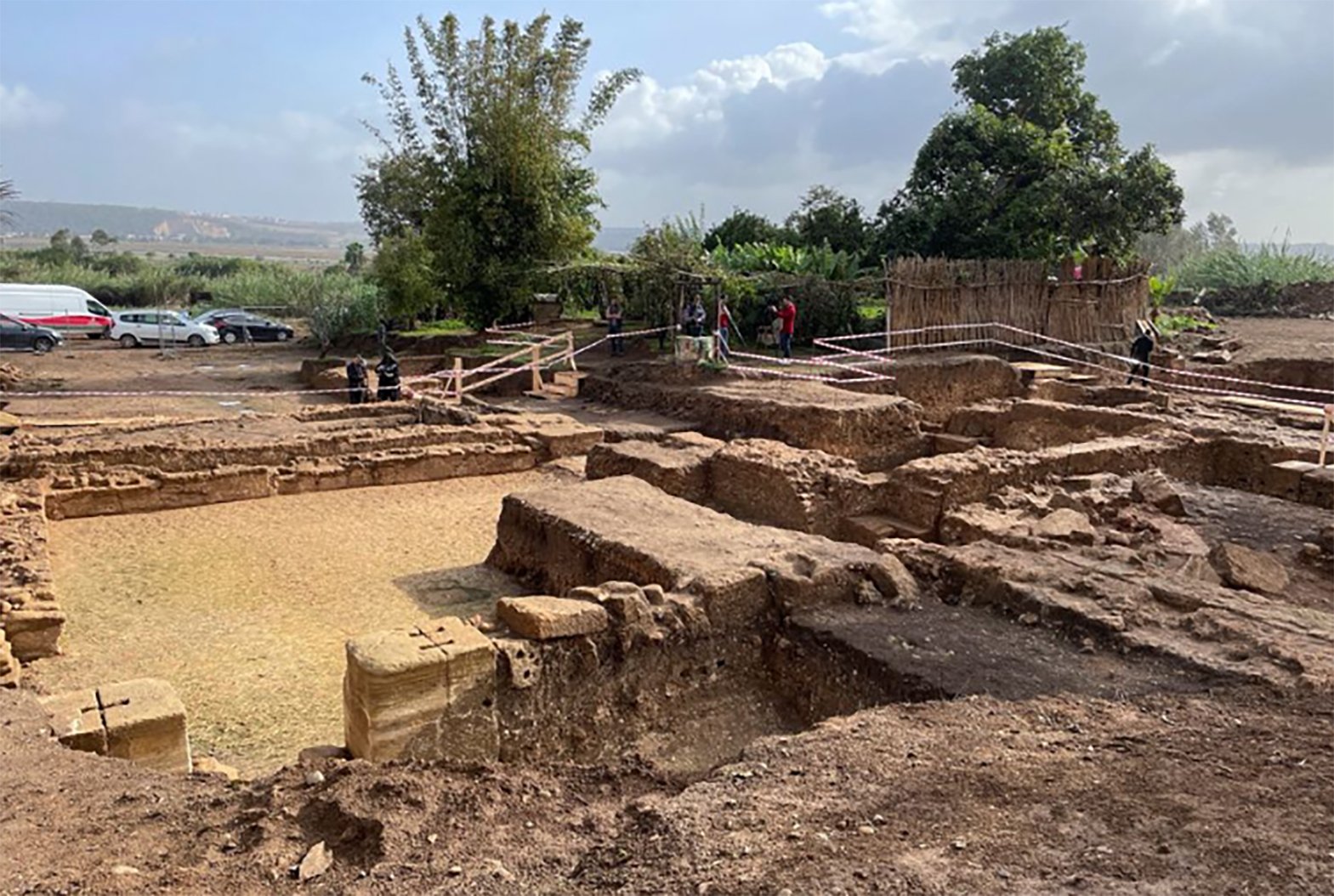
Moroccan archaeologists confirm this is a Roman archaeological site near the capital Rabat on November 3, 2023
The Roman bathhouse, which spans 2,000 square meters, resembles the royal baths of Rome, El Khayari said. Archaeologists also found a headless statue of a Roman god from the second century, he said, noting that when Moroccans adopted Christianity around the fifth century, beheading Roman gods was a common practice.
El Khayari added that excavations were launched from March 2023 to uncover the port and other areas of what is believed to be one of Morocco's largest Roman towns, not far from the Bouregreg River and the Atlantic coast.
Scholars believe the area was first settled by the Phoenicians and emerged as an important outpost of the Roman Empire between the second and fifth centuries. The fortified cemetery and surrounding settlements were built near the Atlantic Ocean along the banks of the Bouregreg River. The discovery also includes bricks inscribed in the Phoenician language of Punic, which predates the Romans’ arrival in Morocco.
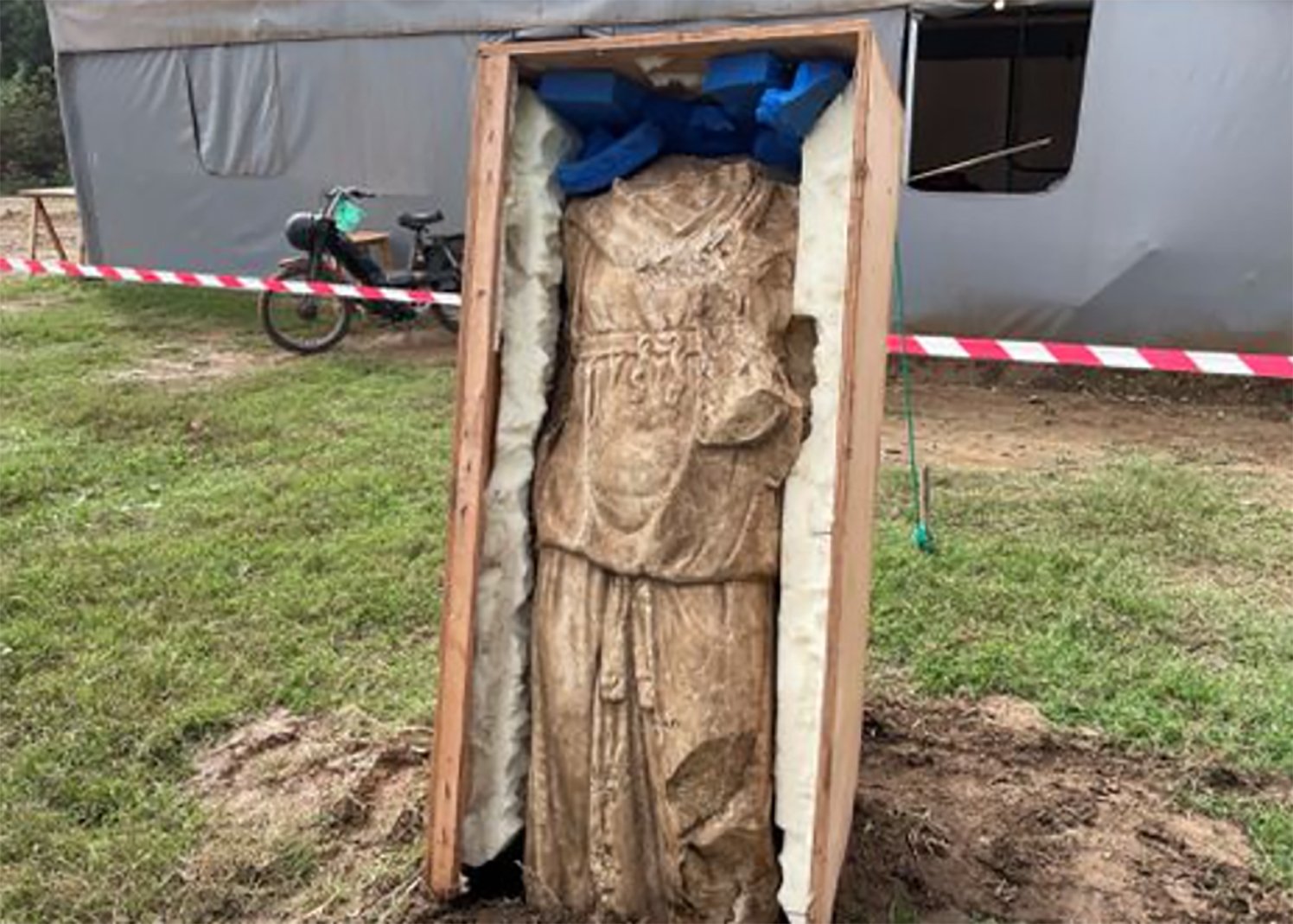
Headless marble statue unearthed at Roman archaeological site in Rabat
Morocco's Minister of Youth, Culture and Communications Mehdi Ben Said believes the Roman ruins near Rabat, Morocco, will become a tourist attraction for both domestic and foreign tourists. The Ministry of Youth, Culture and Communications has invested $487,000 in the project since March 2023, with plans to double the amount next year and in subsequent years until the excavation is complete.
Source link



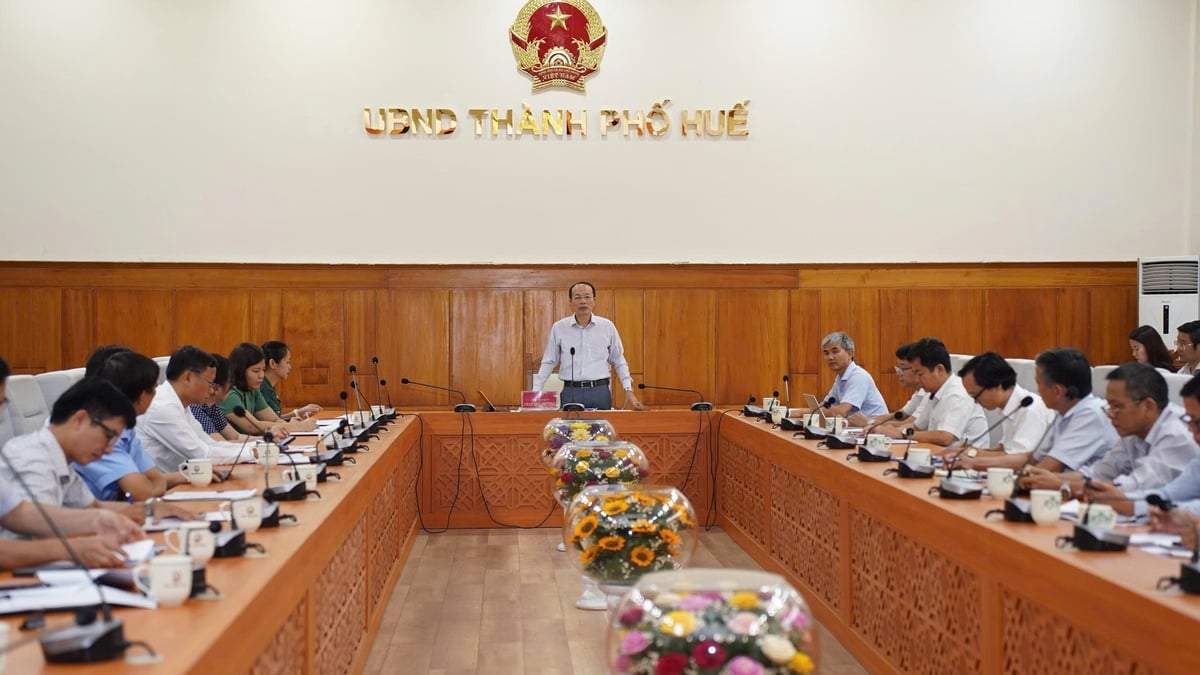
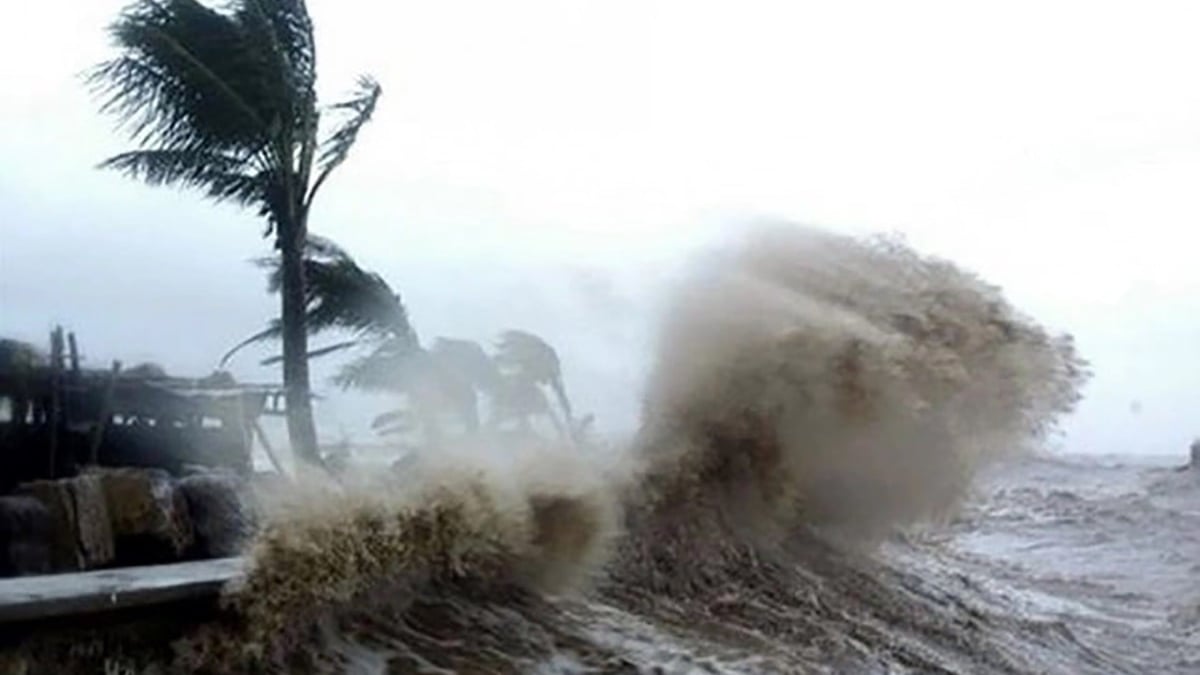

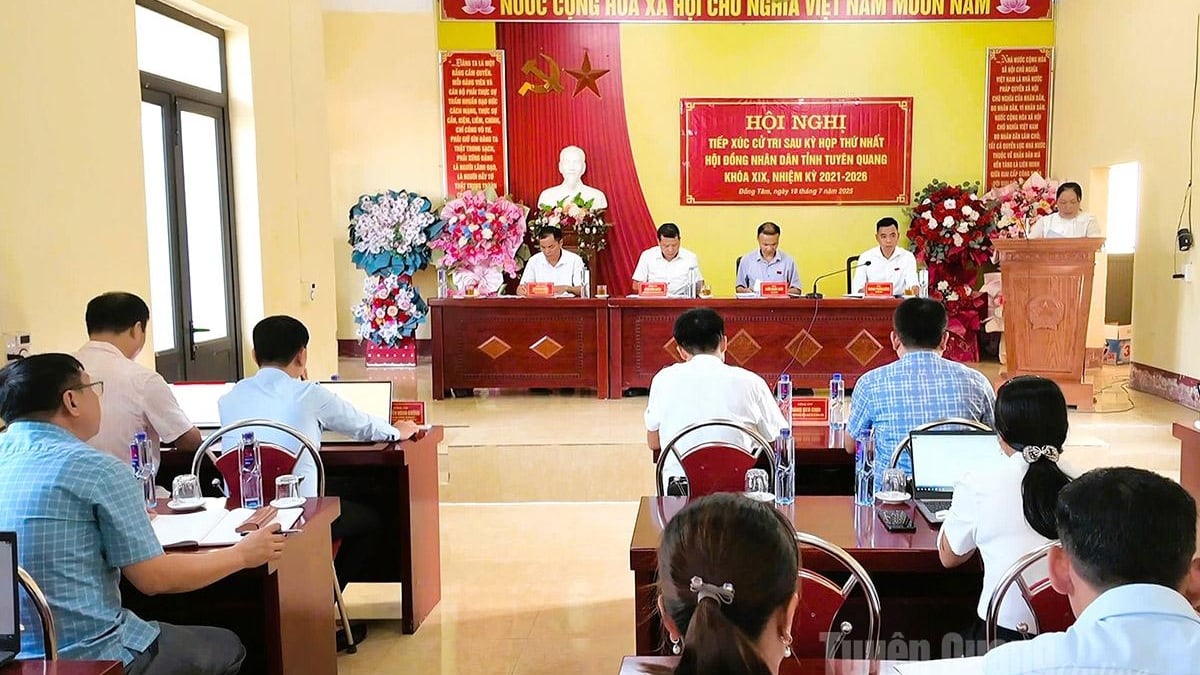


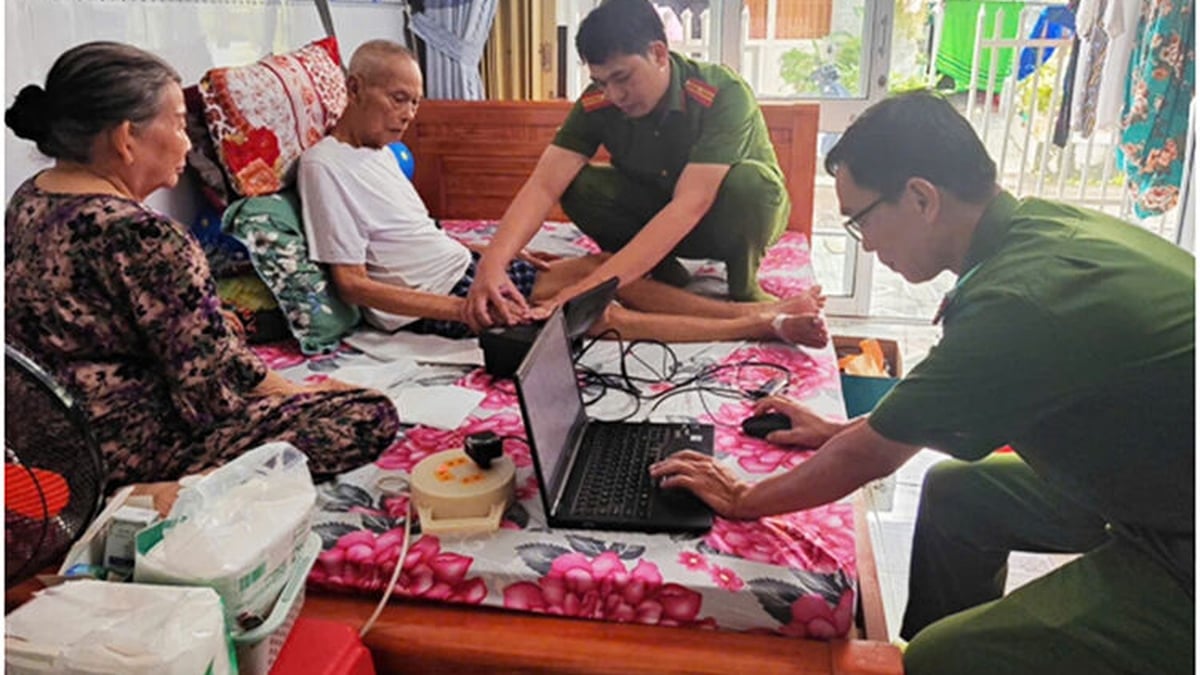

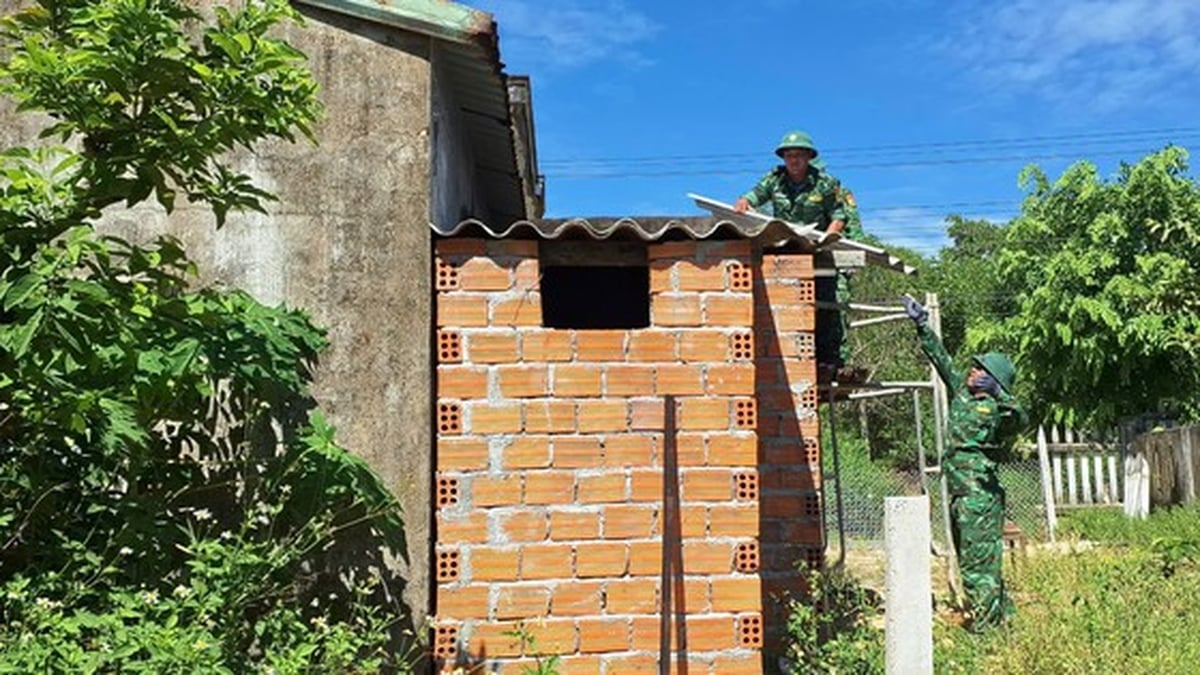




















































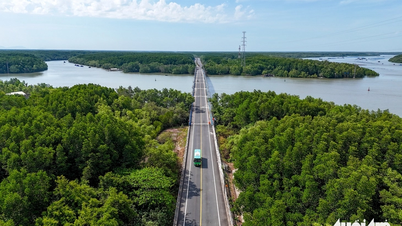

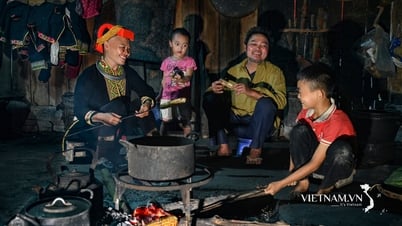


























![[Infographic] In 2025, 47 products will achieve national OCOP](https://vphoto.vietnam.vn/thumb/402x226/vietnam/resource/IMAGE/2025/7/16/5d672398b0744db3ab920e05db8e5b7d)





Comment (0)